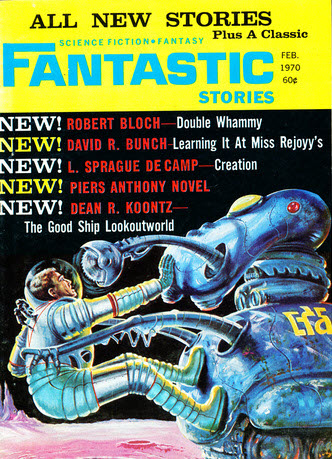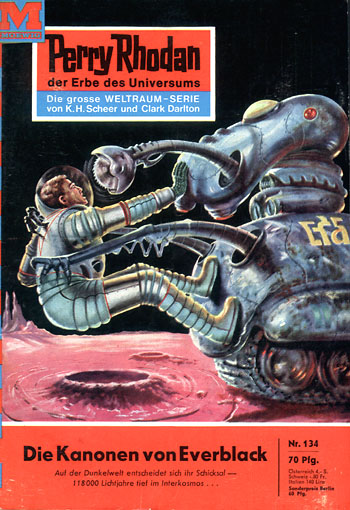
by Victoria Silverwolf
What Time Is It?
That's a question that you can answer with more confidence than before, if you're willing to shell out a whole bunch of bucks. On Christmas Day the Japanese company Seiko introduced the world's first quartz wristwatch. (There have been clocks using quartz crystals, but not anything this small.)
As I understand it, quartz crystals vibrate in a precise manner when voltage is applied to them. Thus, the tiny bit of quartz inside the watch, powered by an itty-bitty battery, provides an unvarying pulse that supplies extraordinary accuracy.
The Quartz Astro 35SQ keeps time to within five seconds per month, which is said to be about one hundred times better than a mechanical watch of good quality.
The catch? You have to pay 450,000 yen for it. That's well over one thousand dollars. You can buy a nice new car for the price of two watches.

Quite a stocking stuffer.
If you like, you can use your fancy new timepiece to measure how long it takes to peruse the latest issue of Fantastic.

Cover art by Johnny Bruck.
Or maybe the publishers can measure how much time they saved by copying the cover art from yet another issue of Perry Rhodan instead of waiting for an artist to create a new one.

The title translates to The Cannons of Everblack. Note the use of English for what I presume is the name of a planet.
Continue reading [January 10, 1970] Time On My Hands (February 1970 Fantastic)

![[January 10, 1970] Time On My Hands (February 1970 <i>Fantastic</i>)](https://galacticjourney.org/wp-content/uploads/2024/12/COVER-672x372.jpg)